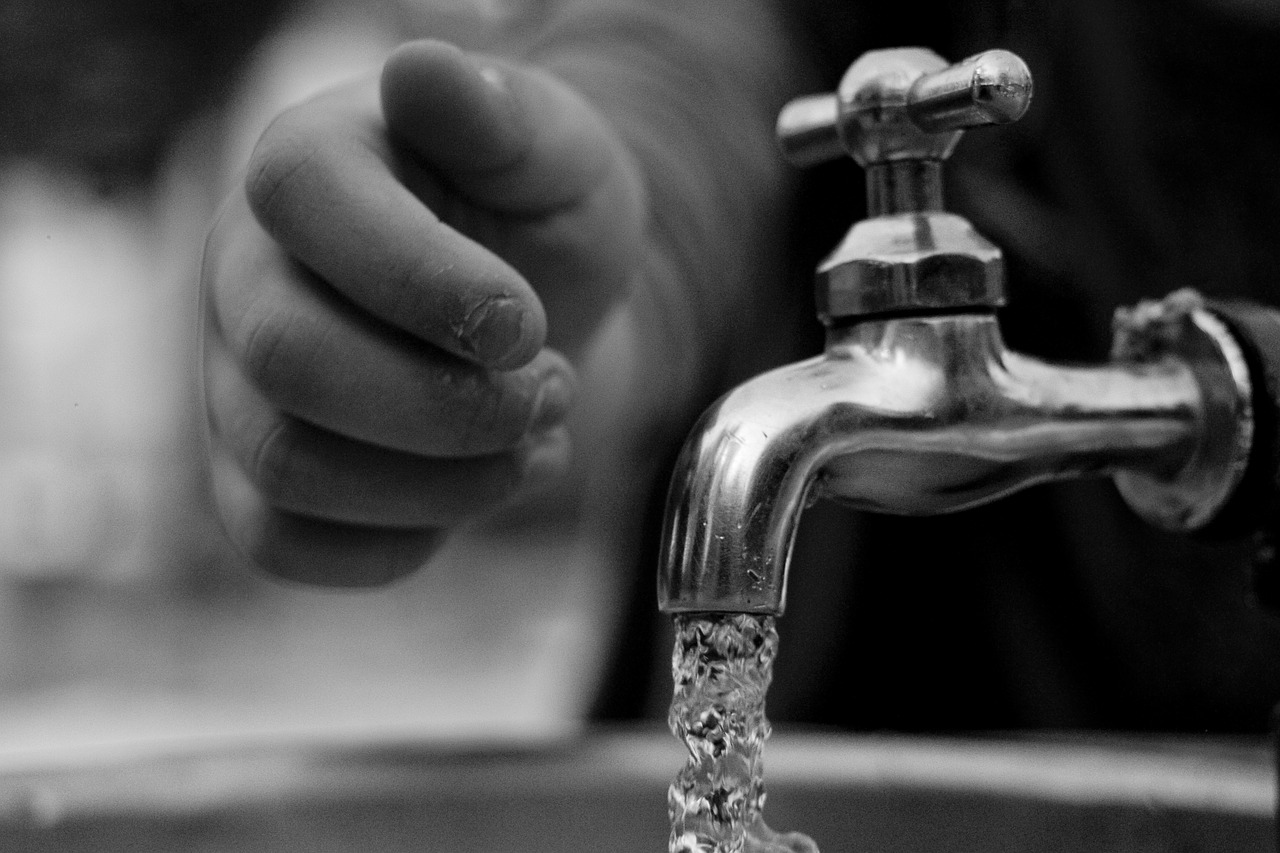
The role of climate variability in convergence of residential water consumption across Chilean localities is the article of the researcher of the Faculty of Engineering and academic of the Doctorate in Social Complexity Sciences (DCCS), Alex Godoy, recently published by the Springer publishing house. The research, which is part of the Fondap project 15130015 – whose collaborations come from Guillermo Ignacio Acuña, Cristián Echeverría and Felipe Vásquez – analyzes the factors affecting water consumption in Chile. Econometric models taken from the literature of economic growth were used to analyse a panel database of 348 Chilean localities from 2010 to 2015, containing data about water consumption levels, water prices, socioeconomic variables, and weather.
This article shows that there is an equity in residential water consumption per household in Chilean locations, related to two factors: the change in climatic variables throughout the country and  the increase in per capita income. Thus, throughout the investigation, the authors report the methodology used, sources observed and analyzes that would indicate that water consumption per household has tended to match between areas with different initial consumption conditions.
the increase in per capita income. Thus, throughout the investigation, the authors report the methodology used, sources observed and analyzes that would indicate that water consumption per household has tended to match between areas with different initial consumption conditions.
Background
Climate change is reducing rainfall and increasing temperatures in the most populated regions of Chile The reduction in rainfall, which affects water supply, together with higher temperatures have been associated with an increase in water demand for residential and non-residential uses. In other words, residential water demand is highly sensitive to seasonal variables. Water demand increases in the summer, because there are more outside uses such as watering gardens, filling swimming pools, and washing cars, and inside uses such as more frequent showers. In addition, social drivers such as the increase in per capita income associated with the process of economic development, is allowing households to rise their consumption of goods and services, including water. The two stylised facts suggest that the distribution of water consumption might be changing across time.
Overall conclusions
Localities with small initial levels of water consumption tend to increase their consumption faster than localities with higher initial levels of consumption (and vice versa). The dispersion of per household water consumption distribution is decreasing over time; so, water consumption distribution has been becoming less unequal.
Read the article here